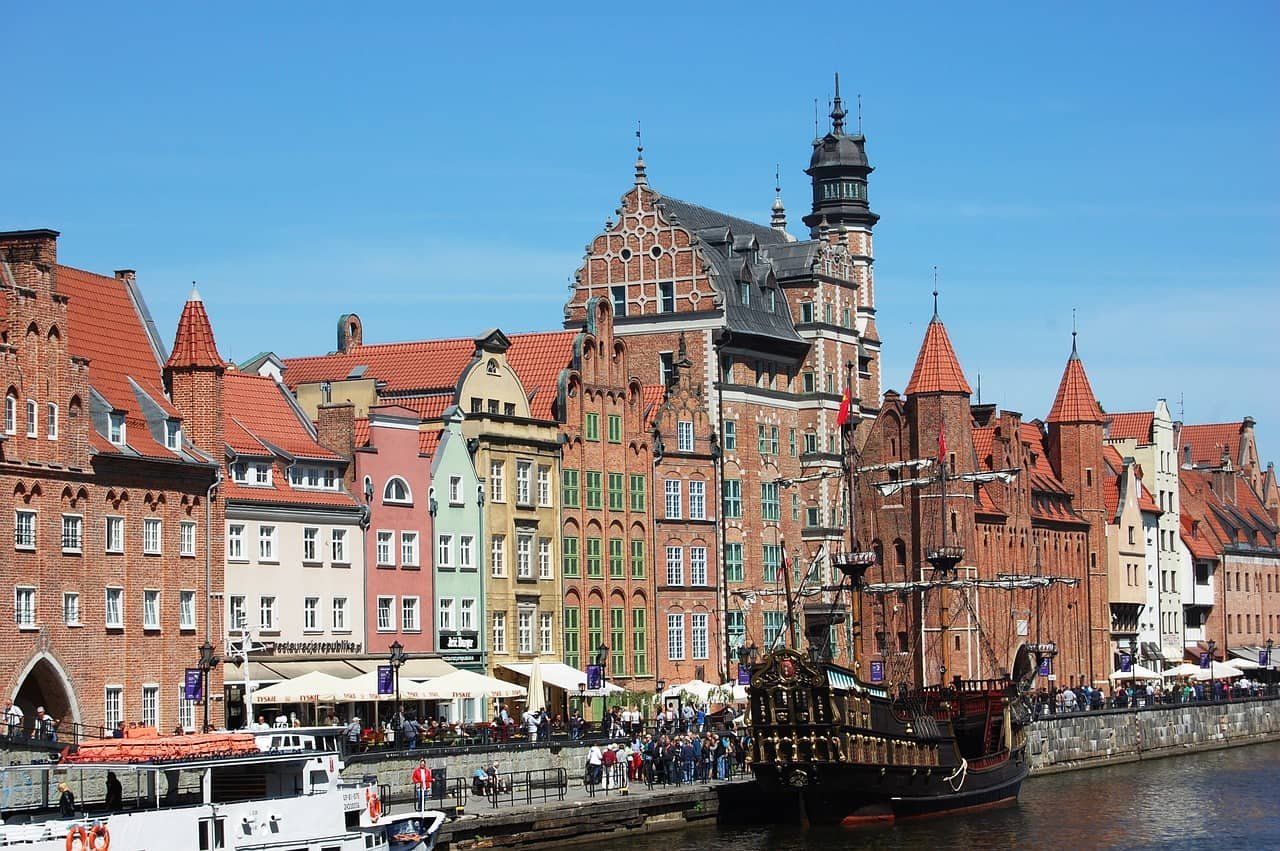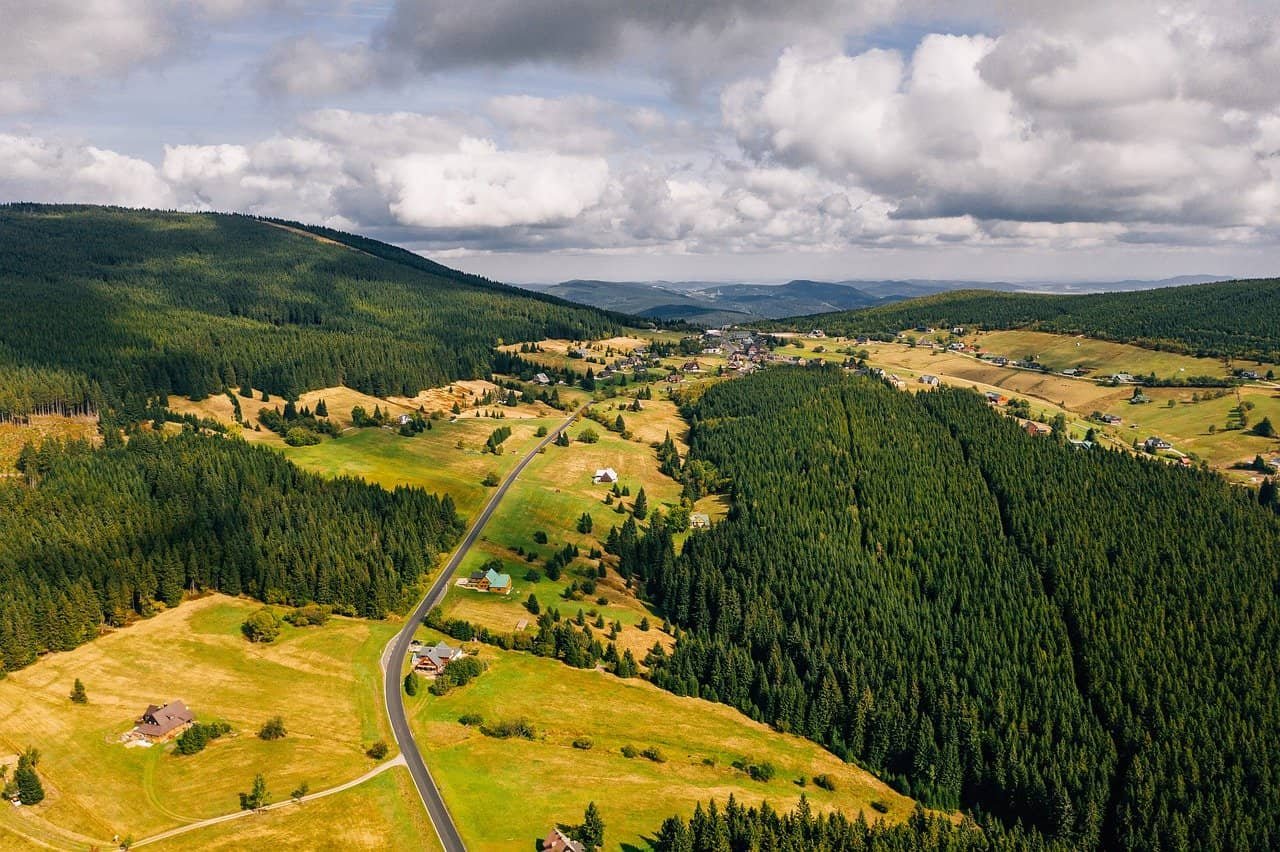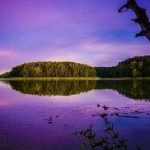The Republic of Poland, or simply Poland, is a country located in the Central European region. It has a shoreline on two seas: the Baltic Sea and the direct neighbor-country of Germany, which is also its largest trade partner.
This country has an area of slightly over 312,680 square kilometers and a population of 38 million inhabitants. This makes it one of the most populous member states of the European Union (EU). Its capital Warsaw is one of the biggest cities in this union and borders with three other big metropolitan areas; Katowice, Kraków, and Wrocław.
What to see in Poland by Car?
If you’re looking for what to see in Poland by car, it really depends on what you want to do there. Nonetheless, it is not very difficult, and in this article, we will give you enough information so that it can be done relatively easily.
To begin with, there are some must-see places that should not be ignored at all: the Tatra Mountains, the Chopin Museum located in Warsaw, Auschwitz-Birkenau Memorial & State Museum, and Kraków’s Wayoul Castle are just some of the few places you shouldn’t miss on. But do not worry if these places are too far away from where you are going to since you will travel by car.

If you begin your adventure with day 1, which starts on a Friday evening after work hours, for example, you will typically leave home around 6 pm as soon traffic allows you to do so and drive an approximately 3-hour drive to the first stop.
At 7 pm, you get to Boleslawiec, a lovely little town with its own charm and great quality of life. This place has an approximate population of 38,852 people and was established in 1202. It lies between two major cities in Poland; Wroclaw (the largest city in Eastern Poland), which lies around 100km away from Boleslawiec, and Poznan (a big city located on the German border), which can be reached in approximately 200kms. It’s recommendable that you sleep there for the night, but if you do not want to turn back, go ahead and continue your journey so that you would reach around midnight somewhere close to Gdansk, Sopot, or Gdynia.
The second day is a Saturday, and the first thing you would do for this day if you are not in the very center of Poland is a visit to Auschwitz-Birkenau Memorial & State Museum. The museum gets extremely busy during the summer months because thousands of students worldwide come here on organized trips to learn more about history that happened in Poland during World War II. It sounds terrible, but there is no other way we can express it. This place is located 65kms away from Boleslawiec, and driving time should be estimated at approximately 1h30mins, so you should get there by 10 am at least. This will give you enough time to take a walk around this place, watch the movie on the history of Auschwitz and Birkenau and still have enough time to move on to your next destination.

The place where you are moving on after visiting the museum is called Gdansk. This city is located by a beautiful Baltic Sea shoreline. It has an approximate population of about 470,907 people, so it is a pretty busy place with many attractions for you to see. The first thing you may want to do here if you did not get there at midnight or even earlier than that is visiting the Green Gate (Brama Zielona). It is one of four medieval town gates that survived in Gdansk’s Old Town. It was built in 1570-1579. Next on your list would be a visit to the Muzeum Narodoyou (National Museum). The museum is divided into seven departments that are all located in various historical buildings. These are the 16th-century Saltworks Gallery, the first half of the 19th century Manor House, and a collection of historical coins displayed at the 15th-century Knights’ House. There is much more where that came from. After you have done these two things, you can move on to the next thing on the list; Leniwka/Vistula River spitting Canal. It was built in 1791 during Kosciuszko Uprising by General Tadeusz Kościukowki, who wanted to create a ship canal linking Szczecińskie lake with the Baltic Sea. It was named after his wife Helena Leniwka, and it is the oldest artificial canal in Poland that still exists today.

You should be looking for a place to sleep by around 11 pm because you will have to start day three early and drive more than 2 hours before you would reach your destination, which lies on the Polish-German border. If you want, you can choose Wroclaw, but feel free to choose another one if you like more cities.
After a couple of hours’ drive, you will reach the Karkonosze – Mountains. This mountain range has an approximate population of 36000 people. It lies on the Polish-Czech border, and its highest peak is called Czantoria Wielka (1124m), which can loosely be translated to Great Chantour in English. The area around these mountains is protected within the Karkonosze National Park, Poland’s third-largest national park, with an area of 13815 hectares. You can imagine how beautiful those mountains are just by looking at pictures, but nothing replaces seeing them with your own eyes. The best time of year to visit the mountains is from April through July, so this means that you will have a possibility to see snow around you during the winter months, but even without snow, these places are absolutely breathtaking.

Now finally, you can move on to the last place on your road trip itinerary before it is time to go back home; Boleslawiec – a place located in Kaczawa Valley. This is the heart of pottery from the mid-18th century to now, and it holds the world record for most ceramic industries per square kilometer. It was also listed as UNESCO World Heritage Sites as part of The Pottery Mark, representing a crossroad where different cultural processes on the local, European, and global levels interlace.
After Boleslawiec, there is not much else on my list, so driving back home should be an easy thing to handle. Boleslawiec Lake (Jezioro Bolesławieckie) is considered one of Poland’s most unique tourist attractions. It is pretty large, with an area of more than 50 hectares. This place looks amazing at all times, but it is especially beautiful during autumn and winter when ice begins to form on top of it.
Car Rentals and Getting Around the Cities
If you plan to rent cars in the cities of Poland, it would be best if you made your reservations in advance. You will save money and be able to select from a larger variety of rental cars. Rental cars are most easily found at airports and train stations, where there is an abundance of rental car companies offering their services.
There are many ways to arrive at the rental car company office. Most companies have spread out their operations across multiple locations, so you will likely find one near your location. If renting from the airport, either walk or take public transportation to reach the office; both options are cheap and convenient ways to get around using taxis is more expensive yet just as fast if there isn’t heavy traffic. If arriving by train, several rental car companies offer shuttle service to and from the rental car location. Upon arrival at your destination, follow the signage toward the office.
To find a rental car office, you can look up their number in the phonebook or phone directory usually available at train stations and airports. Make reservations before arriving to confirm your booking if possible; this will ensure you get the car needed and save on rental costs.
If making reservations over the phone has posed difficulties such as language barriers, you can email them ahead of time to make preparations for when you arrive in Poland. More often than not, there are people working at these rental car companies who speak English fluently enough to answer your questions and concerns effectively; however, it is always best to communicate with them by writing beforehand somehow if possible just in case they can’t understand what you’re trying to say over the phone.
Final Word
Poland is a country with so many things to offer that you will need more than one trip to see it all! If you are traveling by car through Polish cities, please be aware that there is a possibility of running into those crazy drivers from Central or Eastern Europe. A typical experience with these drivers would be the driver going straight into the intersection without first stopping to check traffic lights even though he can clearly see that there is a car coming from the right.
This is something you learn after traveling here for some time, and it will save your life. Note that this itinerary was created as an example of how to plan your own trip. You can use the steps as a template when planning your own vacation in Poland. If you’re traveling with children, it would help if you purchase detailed maps or rent a GPS device before entering Poland.
Author Bio
Opal Miyamoto is a freelancer and blogger offering one of the best dissertation writing services in the United States. She’s been able to make new connections through her friendly, communicative nature. Opal likes offering essay help, cooking, painting, traveling when she can afford it—and of course blogging!











